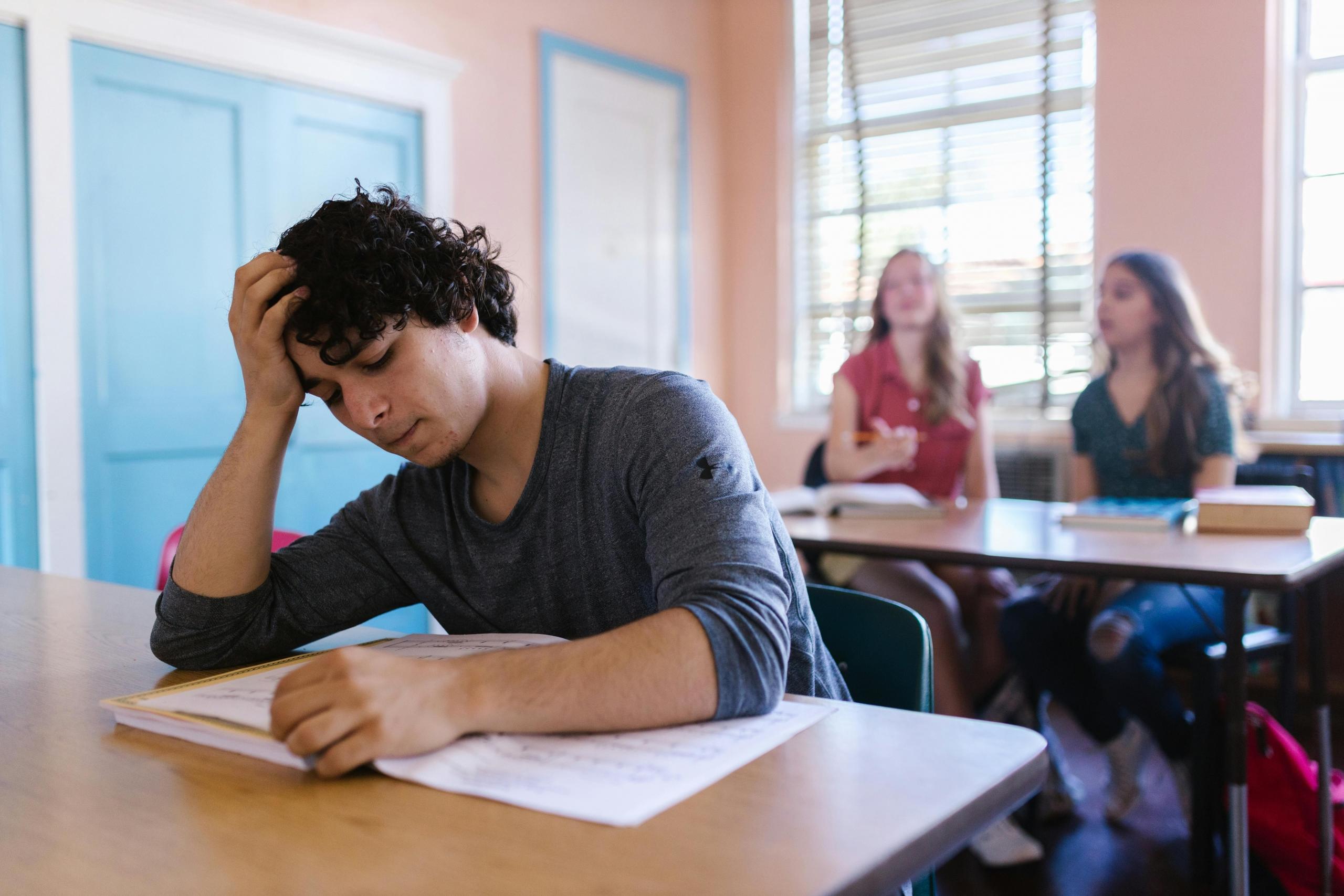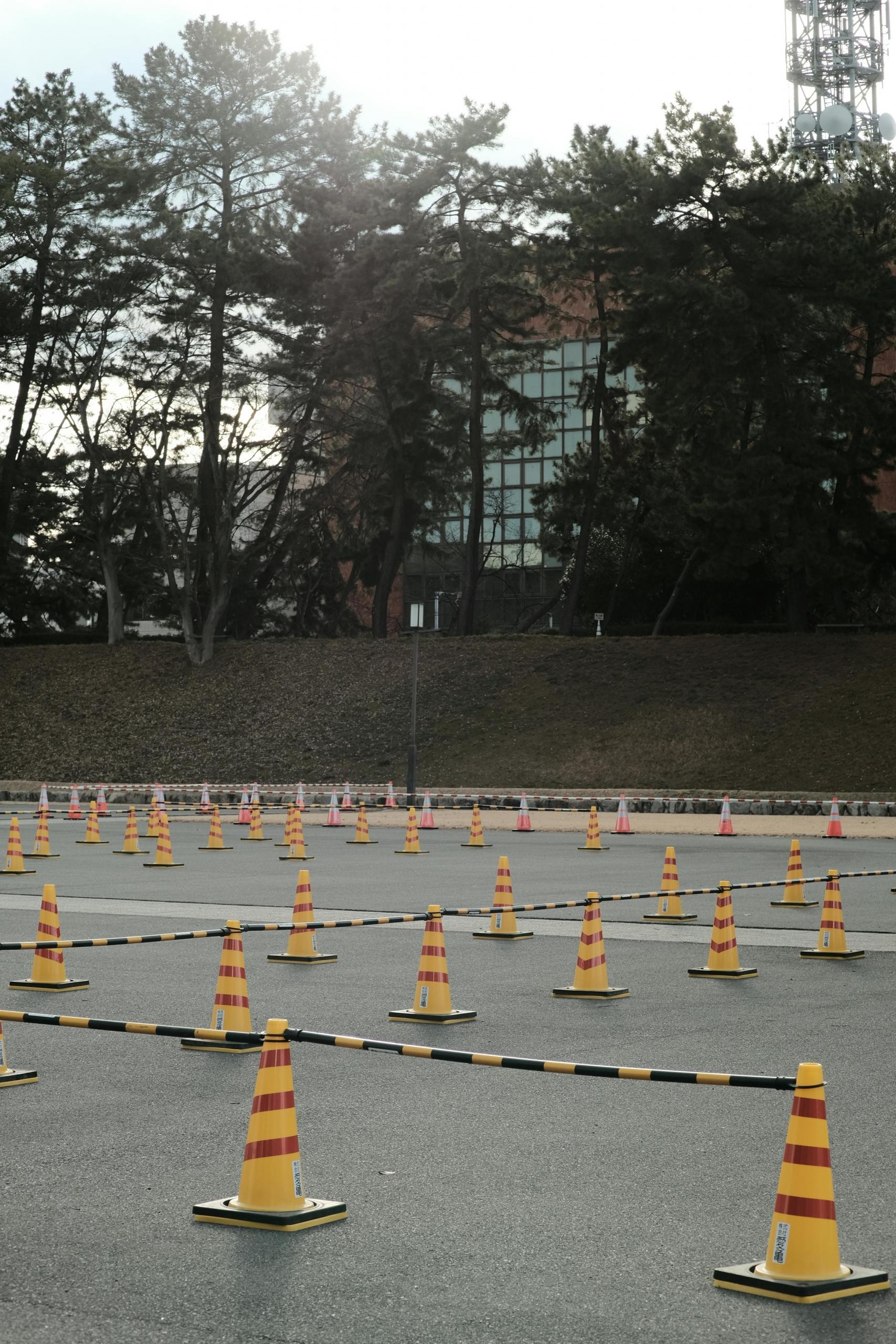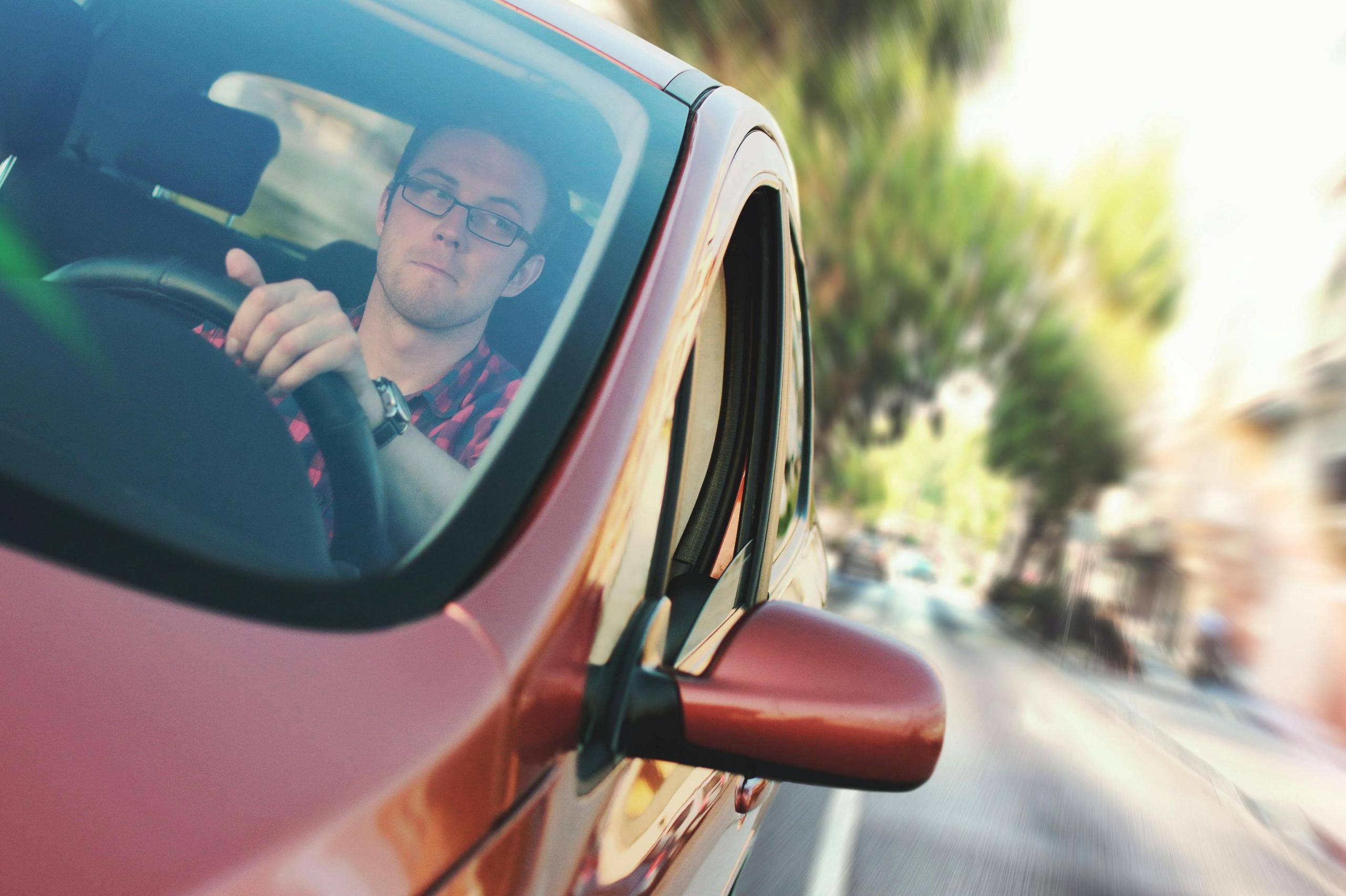A car is not just a mode of transportation, it's a vessel for dreams and adventures.
Jiyofullest
Learning to drive is one of life's bigger milestones, but before you can attain the freedom that comes with being able to drive from point A to point B at your own leisure, you’ll first need to learn the rules of the road and how to drive.
Whether you have the aspiration of hitting the road and taking off on a road trip or need to get set up to make your morning commute a little more comforting and time-efficient, you’ve got a challenge ahead of you before you can get behind the wheel.
As per a recent research study conducted by J.D. Power, the typical timeframe usually ranges from 30 to 40 hours of instruction.
The aim of this article is to get you up to speed with all you need to know about how long it will take you to get comfortable navigating the roads. We'll also break down the process in order to help you arrive at a more accurate expectation as to how long it might take you!

How Long Does it Take to Learn How to Drive?
Asking how long it takes to learn how to drive is a little like asking how long is a piece of string… it really depends on your experience on the roads.
On average, it takes 22 hours of private practice outside of professional lessons for someone to become skilled at driving. However, there are a number of factors that cause this figure to deviate somewhat!
If you intend to drive in a busy city with bumper-to-bumper traffic and narrow roads, then this is likely going to be a taller task than driving in the countryside.
Those who have driven a scooter or motorbike in the past will also take faster to the learning process as many of the skills are transferable, and they’ll also know how the roads work in advance of even taking their first driving lesson or looking through a theory book.

In order to provide some clarity on the question, we’ll take a look at the average amount of time that people typically spend on this four-wheeled pursuit.
Then there are your personal abilities and past experiences, which play a substantial role in determining how quickly you are likely to progress your driving ability.
Of course, there are probably some people who might take to the basics in as soon as a couple of days, especially if they are driving an automatic.
It’s advised that you start learning by driving a manual car, which takes a little more time and could stretch out to a week before you grasp the basics, as you’ll need to get the hang of operating the gears.
As with learning any skill, age also plays a role in the rate at which you are able to pick up a new skill like driving a car. When you are younger, your brain is like a sponge, but that tends to change as the years roll by.
While older learners certainly bring a great amount of road and life experience to the table, younger learners tend to soak up the information a little quicker!
Here is a list of skill levels and the time required to master them:
| Skill Level | Number of Days to Learn How to Drive |
|---|---|
| Beginner | 20-40 days |
| Intermediate | 40-60 days |
| Advanced | 60-90 days |
| Professional/Expert | Varies, ongoing practice |
The factor that enjoys the strongest correlation to how fast you can learn to drive is how much practice you put in and the number of professional lessons you take throughout your learning. Consistency is key when learning to drive and you’ll need to clock plenty of hours on the road alongside a qualified instructor in order to develop good habits!
Overall, the DMV estimates that an average learner typically requires around 67 hours of driving experience before being prepared for their test.
How to Learn Driving if You're a Beginner?
📚 Driving Education Course
🚗 Practice with a Learner's Permit
✅ Pass Driving Test
In order for you to arrive at a more accurate gauge as to how long it is going to take you to learn how to drive, you’re going to want to know a little about the process.
Unfortunately, it isn't quite as simple as hopping in your car and driving around until it feels like second nature to you, like you likely learned how to ride a bike.

In order to drive on public roads, you’ll need to follow a series of steps. The first of which would be to sign up for a driver's education course.
Research Local Requirements
Familiarize yourself with the requirements and regulations for obtaining a student driving license in your area. Understand the minimum age requirements, necessary documentation, and specific rules or procedures.
It’s important to manage your expectations when calculating the amount of time that it's going to take you, as there is a necessity in most states for there to be a gap of 6 months from when you receive your learner’s permit and when you can sit your driving test.
Study the Driver's Manual
Obtain a copy of the driver's manual or handbook provided by your local licensing authority. Study the rules of the road, traffic signs, and driving laws applicable in your area.
In California, there is an inherent need for learners to clock up 50 hours of driving practice, 10 of which will need to be done at night.
The process of getting your hands on a full driver's licence can also differ from state to state, so make sure to do your homework in whatever state you reside and intend to drive in!
Enroll in a Driving Education Course
A driving education course takes learners from having no prior knowledge to understanding the rules of the road and the list of traffic signs, generally through 30 hours of classroom sessions.

Just make sure to check with the respective state in which you find yourself, as some offer alternatives to classroom training to provide flexibility in meeting this requirement.
To give you a general idea, many driving education programs offer courses that span around 20 to 40 hours of classroom instruction and training, with driving school fees ranging between $50 to $400.
Once this is out of the way, you will then be able to apply for your learner's permit by visiting your Department of Motor Vehicles (DMV). Here, you’ll need to present a list of documents and identification and pass the subsequent assessment on the course which has a pass grade of 80%.
Obtain a Learner's Permit
At this point, you’ll be able to get your hands on a learner’s permit and start hitting the roads for some practice, provided that you have a fully licensed driver by your side!
Depending on which state you reside in, on average, you can obtain your learner's permit between 14-18 years old. Make sure to research your state's regulations for the exact age.
Most states, however, require six hours of professional, behind-the-wheel training before progressing further in the licensing process, so you might want to factor this into your calendar when trying to determine how long it will take you to get driving.
Outside of the professional lessons that you’ll be required to take, you’re also going to have to complete a certain amount of hours alongside a licensed driver in many states.
Learn Driving Maneuvers
Begin your practice in a safe and spacious area, like an empty parking lot. Familiarize yourself with the vehicle's controls, including the accelerator, brake, clutch (if applicable), steering wheel, mirrors, and signals.
Practice essential driving maneuvers such as starting and stopping smoothly, turning, changing lanes, parking, and reversing. Gradually progress to more complex steps as you gain confidence.
Given that the driving test will examine your parallel parking, as well as more complex maneuvers such as merging onto highways and navigating busy intersections, you’ll also need to spend time focusing on becoming more comfortable performing each.

There is also a need for you to apply many of the learnings that you will have picked up over the course of your theory drivers course. You'll need to pay close attention to traffic rules, signs, and signals. Understand right-of-way rules, speed limits, and other traffic regulations to ensure safe and legal driving.
Prepare for the Driving Test
Being capable of driving a car is, of course, more than possible within a shorter time frame; however, if you’re setting your sights on attaining a full license, then you're going to need to hold off a little longer.
If you're looking for some background knowledge in advance to enrolling in your first driving lesson the the following video should leave you with some great pointers to get things started!
When you feel confident and ready, schedule your driving test with the appropriate licensing authority. Review the test requirements and practice the skills and manoeuvres to be assessed.
Gradually expose yourself to road conditions, such as driving in rain, fog, or slippery surfaces. This will help you become an expert driver and feel comfortable and confident in various scenarios.
What Is the Quickest Way to Learn Driving?
Despite what you might think, clearing up your schedule and heading off on a three-day driving marathon doesn’t mean that you’ll return driving like Bill Elliott. What’s going to get you across the finish line an awful lot sooner is being consistent in your practice.
Aim to have driving lessons 3-5 times per week, each lasting around 2 hours. This consistent practice routine will help you sharpen your reflexes behind the wheel, while the shorter sessions will help you retain more information.
Practicing under the same conditions and on the same roads can also unknowingly add some unnecessary time to the learning process.
There is an inherent need to diversify your driving experiences so that you can become a well-rounded driver a lot sooner.
Even after you have your hands on your very own learner's permit, there is plenty of learning that can be done outside of the car. By utilising a mix of resources in your learning, you can shave some days off the total expected time it takes you to become comfortable behind the wheel.
At the end of the day, the fastest way to improve your driving ability is to practice alongside an instructor through professional lessons, and for that, you’re going to want to turn your gaze to Supeprprof. With the tailored instruction of an expert from the platform providing you with best-practice driving tips and personalized guidance, you'll be cruising the roads with confidence in no time.

Get in Touch with Superprof
Does your recent search history say "driving classes near me"? We heard you. Superprof offers world-class adult driving lessons through its highly qualified and experienced private instructors.
Imagine the thrill of accelerating your progress and mastering essential driving skills in record time. Our private tutors employ engaging teaching methods that make learning a joyous experience. They'll guide you through various driving scenarios, from navigating busy city streets to conquering challenging manoeuvres. You'll develop the confidence and adaptability needed to handle any road situation easily.
Forget about a crowded driving class; your private tutor from Superprof will provide an immersive and dynamic environment that keeps you actively involved throughout automatic or manual driving lessons.
So, why wait? Step into the fast lane to driving success today. Brush aside the worry of "Where should I find a driving instructor." Hire our private tutors and unlock your true driving potential. Get ready to go on a thrilling journey toward independence, confidence, and mastery of the open road.
















Thank you very much.i have learnt something and now ready to s
tart my classes
Thank you for the comment, Regina! Good luck with your classes!